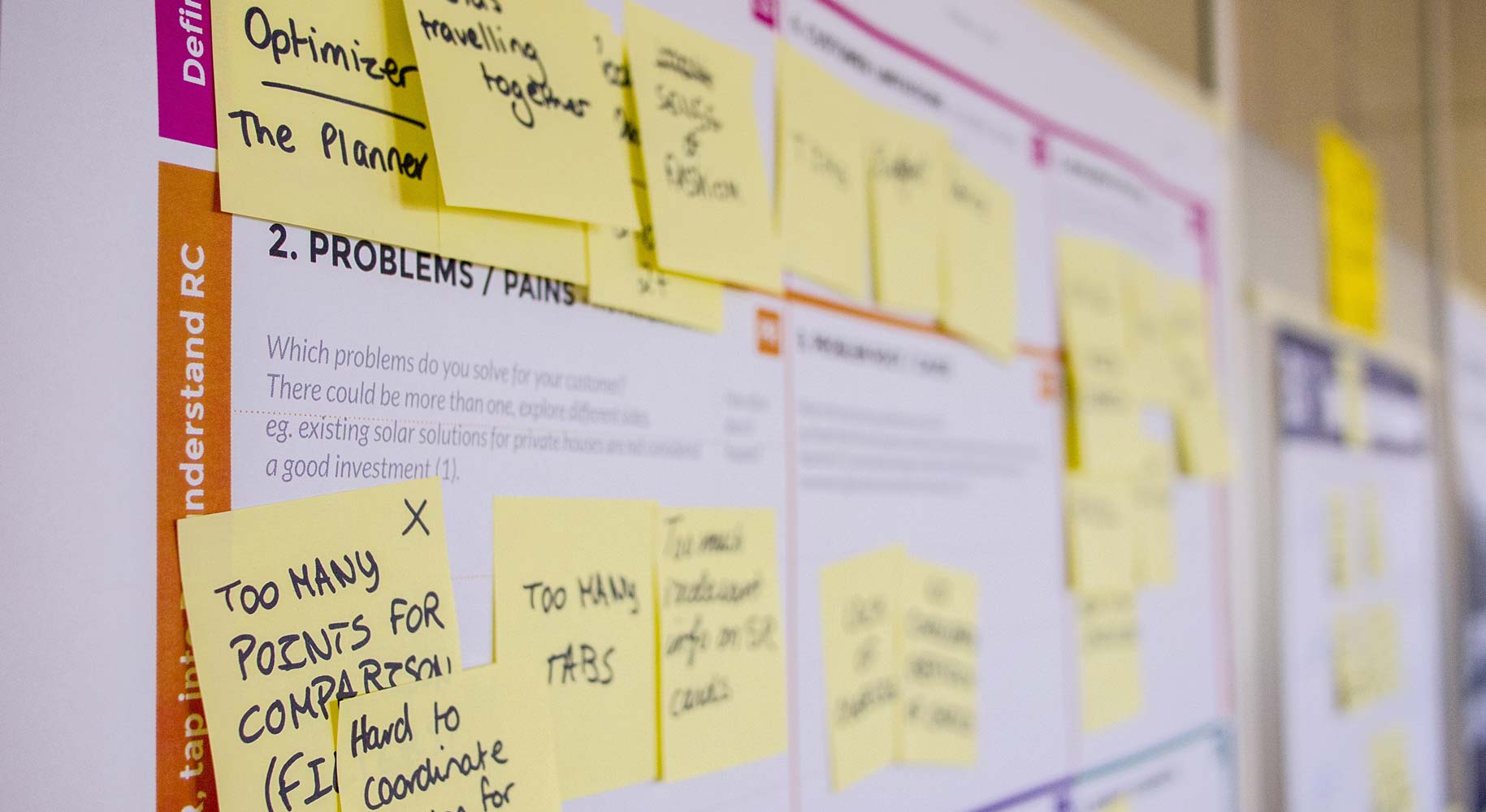There’s a well-known ‘eureka’ story around the occurrence of ‘serendipity’ or an unplanned discovery. Hiero the monarch of Syracuse, gave a silversmith some silver and gold to make him a crown but the king wasn’t convinced if the silversmith had been an honest craftsman. So he commissioned the famous mathematician Archimedes to check if the silversmith was a fraud or otherwise. He failed to find a solution, but one day as Archimedes was taking a bath and as he settled in the bathtub he noticed some of the water overflowed. He found out that it was the exact amount of weight that occupied his body. That’s how the Archimedes’ principle came into being and humans found a way to keep giant cargo ships floating on the deep oceans.
The definition of Serendipity, in a nutshell, is a happy coincidence, an unexpected event that apparently occurs due to chance, and it often happens when we are searching for something else. Once can be assured that almost everybody in the corporate world might hate to leave things to chance but in especially design as a field it’s mostly common to expect serendipity to occur with or without due process and provided the outcome isn’t driven by expectations alone.
But it has also been mentioned that serendipity isn’t an act of coincidence alone. Rather, in innovative processes, serendipity is more about making “connections or insights that occur when we are searching for one thing to find something else.” So effectively, being serendipitous means discovering what we didn’t know, 1 and Apple is one company. that is notoriously famous for making innovation choices based on the serendipity of extraordinary individuals such as Steve Jobs. 2
Nonetheless, in the sense of the most revealing inventions made through a serendipitous approach they are broadly categorized into three types:3
- Discovery, that was not sought (e.g. Velcro)
- Discovery, that was being sought, but found in an unexpected way (e.g. vulcanization)
- Discovery, whose use is different than originally planned (e.g. Post-It).
Moreover the essence of serendipity can only be explored with an open mindset if not with the larger organization at least within the confines of the design culture. It essentially requires moving beyond our personal customs, culture, and prejudices and observing the external considerations of the customers as well, and by learning to spot the opportunities while simultaneously connecting with the internal views and research. This may appear to be a highly contradictory and an arduous exercise but adding the quality of serendipity to the research spectrum would eventually lead to some surprising results. It’s worth taking a chance.
-
Collins, R. (n.d.). The Key to Innovation: Serendipity. Retrieved February 29, 2020, from https://optimityadvisors.com/insights/blog/key-innovation-serendipity ↩︎
-
Medeiros, J. (2018, June 26). Here’s Why Steve Jobs Said Intuition is Absolutely More Powerful Than Intellect. Retrieved February 29, 2020, from https://www.goalcast.com/2018/06/26/steve-jobs-said-intuition-is-more-powerful-than-intellect/ ↩︎
-
Meige, A. (2015, September 18). Serendipity and Innovation. Retrieved February 29, 2020, from https://open-organization.com/en/2010/04/25/serendipity-and-innovation/ ↩︎

